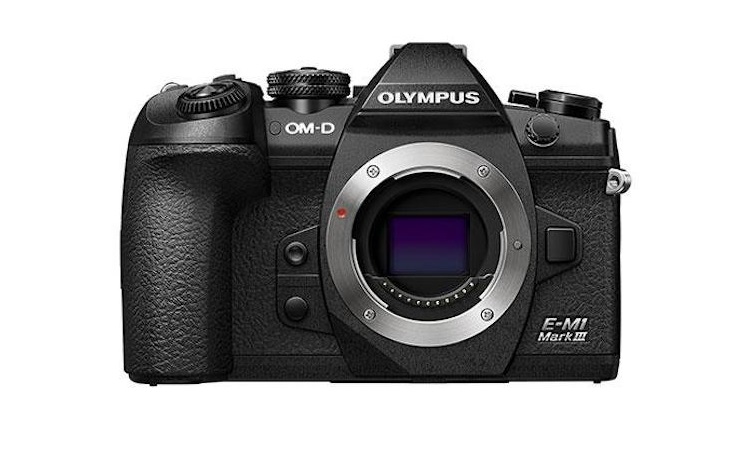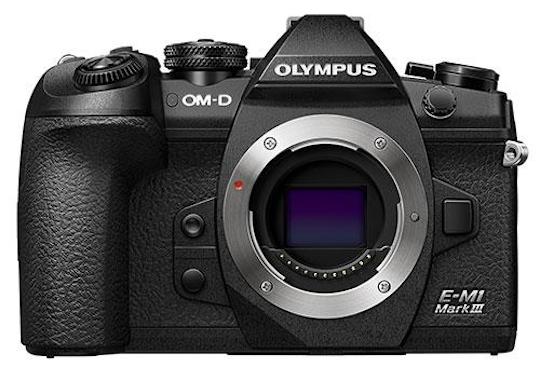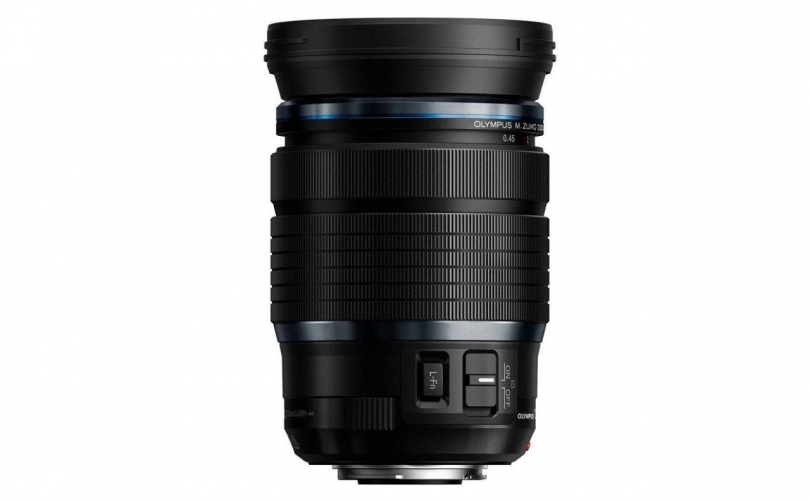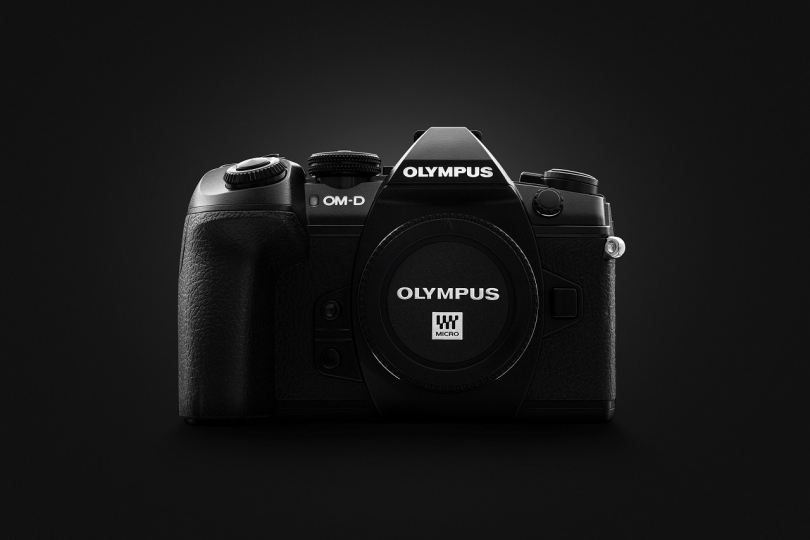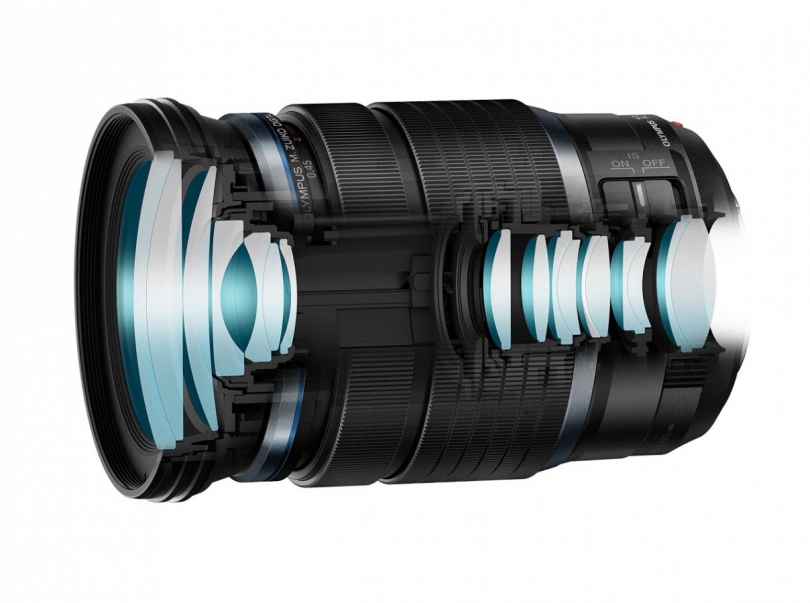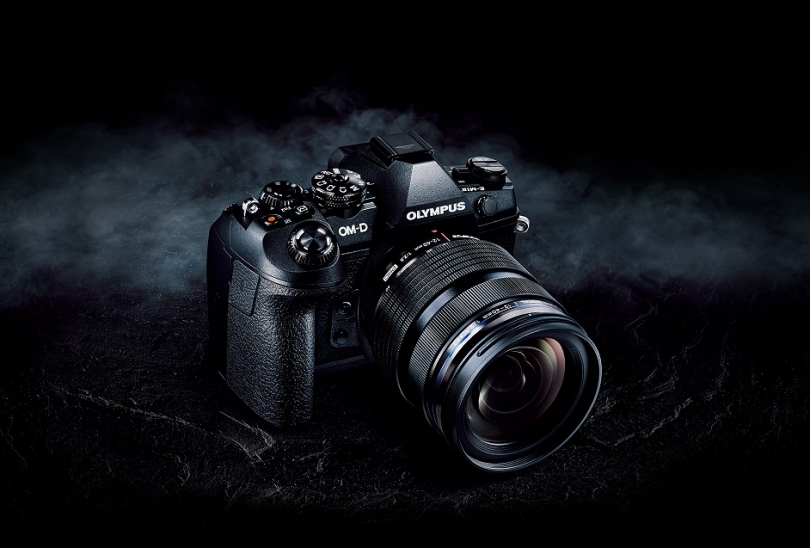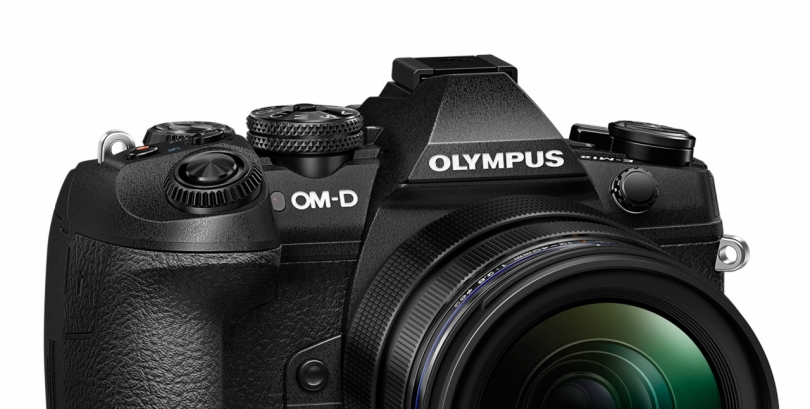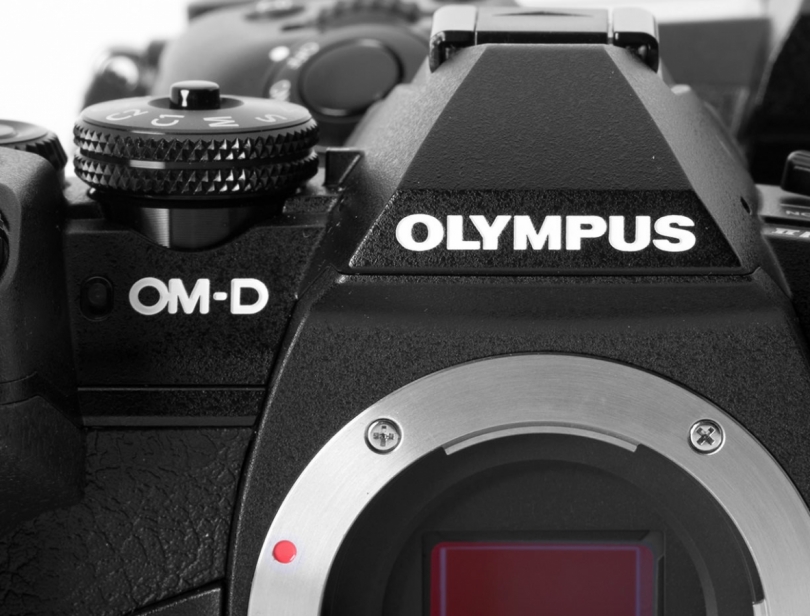
Hands-on with the Olympus OM-D E-M1 Mark III The Olympus OM-D E-M1 Mark III takes the familiar design of its predecessor and inherits many features from the company's pro-level E-M1X. Olympus positions the E-M1 III as a pro-level camera for those who want a more compact alternative to the E-M1X but don't want to compromise build quality.
The E-M1 Mark III is available in a number of kits. For just the body, it's priced at $1799 (in the US, a trade-in program will initially knock $200 off of that). There are also a pair of lens bundles: you can combine the body with the 12-40mm F2. 8 Pro for $2499 or with the 12-100mm F4 Pro for $2899.
Sensor and image stabilization
The E-M1 Mark III may use the same 20. 4MP Four Thirds sensor as its predecessor, but several things around it have changed. First and foremost is the processor, which is known as the TruePic IX. Olympus says that the TruePic IX allows Handheld High Res Shot and Live ND features as well as new autofocus features to be added to the Mark III. The E-M1X can do many of those things already, but it has two processors to work with.
The image stabilization system is more robust on the Mark III, and the Mark II was already very good, with its in-body IS able to reduce shake by 5. 5 stops. The Mark III can reduce shake by up to 7 stops using its internal IS mechanism and, with select stabilized lenses, hit a whopping 7. 5 stops. Olympus says that some photographers have taken 4 second exposures, though we imagine that they had hands of stone to pull that off.
Olympus has updated the dust reduction system (officially known as the Supersonic Wave Filter) with a new coating to keep pesky dust spots out of your photos. The camera also has an all-new shutter unit that is rated to 400,000 cycles.
Thoroughly sealed
Olympus's high-end cameras are well known for their build quality and weather sealing, and the E-M1 Mark III is no exception. While its magnesium alloy body gives the camera a very solid feel, it doesn't feel heavy. Like its predecessor, the Mark III does a good job of fitting plenty of control points without the camera feeling too cramped.
Manufacturers use the word 'weather-sealed' pretty loosely, and E-M1 Mark III is one of very few camera to carry an IPX1 rating (or any rating, for that matter). Olympus claims that you don't even need to use a rain cover. The company has plenty of weather-sealed lenses available, including the new 12-45mm F4 Pro, which too has an IPX1 rating.
Revised controls
The most significant change to the controls on the E-M1 Mark III is the addition of an eight-way joystick, which you can use for adjusting the focus point. To make room for the joystick Olympus shuffled a few buttons around, but the same controls are there, including the rocker which lets you quickly switch between two groups of camera settings. The addition of the joystick allowed Olympus to change the AF-point selection button into one for ISO.
There's just a small change on the camera's top plate: the shadow/highlight adjustment button now handles exposure compensation.
The electronic viewfinder is, sadly, the same as before. It has 2. 36 million dots and still uses an LCD panel, unlike virtually every competitor who has moved to OLED. If you wear polarized sunglasses, be prepared to have to take them off to compose photos through the EVF.
The camera's fully articulating 3" touchscreen is unchanged as well. It has the usual touch features you'd expect, including the ability to move the AF point. The eye sensor that automatically switches between the LCD and EVF has improved, however: there's an option to disable the eye sensor when the LCD is flipped out (and this option will be coming to other recent Olympus models through a forthcoming firmware update).
Ports, storage and connectivity
At first glance, the sockets on the left side of the E-M1 III look exactly the same as on its predecessor. You've got your 3. 5mm mic and headphone jacks plus micro HDMI and USB 3 (with a Type C connector) ports. (There's a flash sync connector on the front plate, as well. )
That USB port not only supports in-camera charging: it supports up to 100W of Power Delivery. If you have a 'powerful' USB PD charger or power bank, it can fill up that BLH-1 battery in as little as two hours. But wait, there's more: The camera can also be operated while connected to a USB PD compatible power bank, allowing for extended shooting while on the go. Olympus points out that you cannot charge the battery in the optional HLD-9 grip from a USB PD source.
Over on the other side of the camera are a pair of SD card slots. Slot 1 supports UHS-II media, while slot 2 is just UHS-I.
Lastly, there have been some connectivity upgrades. The E-M1 Mark III now supports the 802. 11ac standard – which adds a 5GHz band – as well as Bluetooth.
Battery and grip
The OM-D E-M1 III uses Olympus's venerable BLH-1 lithium-ion battery. Officially, the camera can take 420 shots per charge (presumably with the LCD) according to the CIPA standard, but you'll almost certainly be able to take a lot more.
In addition to using a USB PD compatible power bank, you can attach Olympus's optional HLD-9 grip, which gives you approximately 840 shots per charge. Since this is a not a new grip, there's no joystick for moving the AF point.
New bells and whistles
The E-M1 III inherited a large number of features from its big brother, the E-M1X, and we've highlighted some of the more interesting ones below.
First up is Handheld High Res Shot. The Mark II let you produce 50 Megapixel Raws by combining 16 exposures, but you needed a tripod. You can now hand-hold the camera to get similar results, namely improvements in resolution and noise. The quality won't be as quite as high as using a tripod, but there's still a definite improvement. The camera attempts to correct for moving subjects in the scene, though no camera with this does that perfectly.
Next is Live ND, which combines multiple exposures to replicate the effects of up to a 5EV neutral density filter. There's also an improvement in noise for non-moving areas in the frame, since the camera is combining multiple shots.
Astrophotographers will be pleased to learn about the Starry Sky AF mode. The camera offers two flavors of Starry Sky AF: accuracy priority and speed priority. The former takes multiple 'focus scans' to locate stars and distinguish them from noise. The speed priority mode does as its name implies, with Olympus claiming that you can even hand-hold the camera and take star photos.
Speaking of autofocus, the E-M1 III has new and improved face and eye detection algorithms which, based on our initial testing, is quicker and stickier than on previous Olympus cameras. Switching between faces is also easier.
One feature that didn't come over from the E-M1X is its ability to detect planes, trains and automobiles, though we can't imagine that feature is in terribly in high demand.
Video
The E-M1 Mark II already had pretty good video specs, and not a lot has changed on its successor. It continues to offer both DCI and UHD 4K, with bit rates of 237 and 120Mbps, respectively. There's also a Full HD 120 fps mode that can be replayed in slow motion.
The camera continues to offer the OM-Log400 profile for more flexibility when color grading, and 4:2:2 output to an external recorder.
New to the Mark III is the ability to control the 'strength' of image stabilization in video. Exposure settings and white balance for video can be completely different from those for stills.
Audio capture has been improved, with 96 kHz / 24-bit recording when using a compatible external mic. When you're using an external mic there should be less white noise, according to Olympus. If you're using the company's LS-P4 PCM recorder you receive the higher quality audio capture as well as test and slate tone functions.
Wrap up
Although it has some useful new features, such as a 'live' ND filter and a much-appreciated joystick, the Olympus OM-D E-M1 Mark III isn't a huge leap over its predecessor.
And that's not necessarily a bad thing, as the E-M1 Mark II was a very well-designed camera, with excellent build quality, a broad feature set and effective in-body image stabilization. Olympus has improved the weather sealing even further on the Mark III, to the point where it can claim an IPX1 rating, and its Image stabilizer can reduce shake by an amazing 7. 5 stops with certain lenses. We do wish that the EVF used an OLED panel, rather than an LCD, however.
The camera's new features, such as Handheld High Res Shot and Live ND, are fun to use and produce great results, and the Mark III's autofocus improvements seem to live up to their billing. Photographers who are out shooting for a long period of time will appreciate the E-M1 III's support for USB PD compatible power bricks. And if you capture a lot of video, the improved audio quality when using an external mic (and especially Olympus's PCM recorder) is a pretty big deal.
Would we recommend that E-M1 II users rush out and trade in their camera for an E-M1 III? Probably not, unless you think you'll be frequently using the new features mentioned above. The E-M1 II is more than adequate for most photographers and will save you hundreds, at least until they're no longer available.
. dpreview.com2020-2-13 16:00
